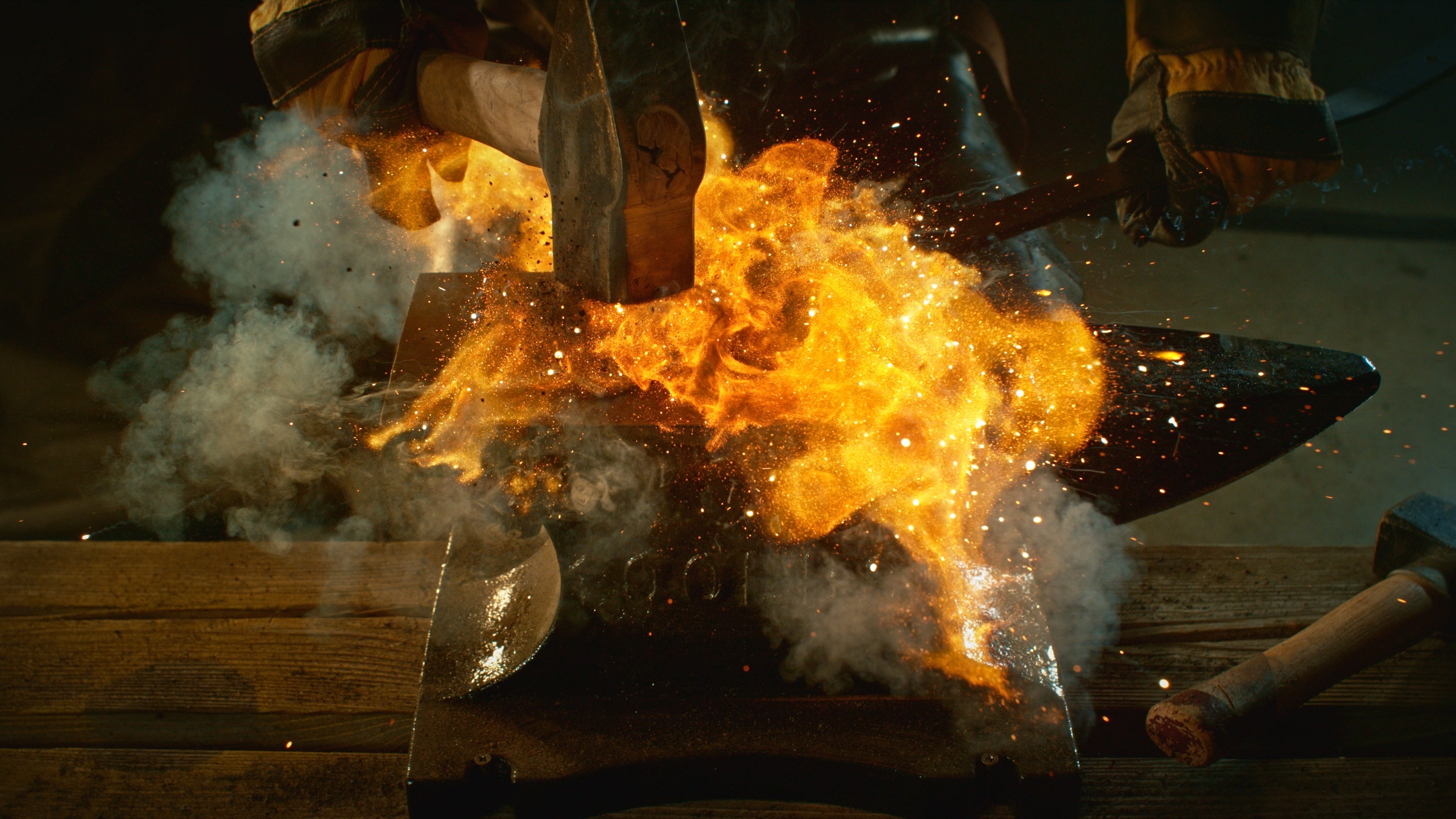
2025 Week 18
The UPC Court of Appeal has had its fair share of preliminary injunction (PI) cases. A high profile early decision in 10x v. Nanostring overturned a PI awarded at first instance. Since then, various other PIs granted at first instance have been upheld or overturned on appeal. In Abbott v. Sibio, the UPC Court of Appeal (CoA) overturned the first instance decision on added matter, leading to a PI being imposed.
Now, in Insulet v. EOFlow, the UPC Court of Appeal (CoA) has again imposed a PI where one was refused at first instance. The Central Division (CD) Milan had considered that the patent was probably invalid for the lack of novelty. The CoA completely revisited the substantive issues in the case and reached a different claim interpretation, deciding that the patent is probably valid and infringed.
How did the CoA reach the opposite conclusion on claim interpretation to the first instance court? The key to understanding the decision is to understand the technical context of the invention. The technology is simple mechanics – a drive mechanism for pushing a plunger in a “pump patch” drug reservoir to deliver insulin slowly over a relatively long period of time.
The claim and the embodiment
The patent is EP 4201327 B1. It has recently been opposed by three opponents at the EPO. While the PI proceedings have been rumbling on, there is now a full UPC infringement action and counterclaim for revocation underway, with a hearing scheduled for December 2025. This PI appeal does not directly affect that case, but it is surely likely that the view of the CoA will be taken into account for the case on the merits by the court of first instance, as we saw in Ortovox v Mammut.
The embodiment is best illustrated by Figs. 11 and 12. The reservoir 130 has a plunger 136 that is shown at the far end of the reservoir. The plunger is driven by a drive mechanism 150 that includes a drive wheel 156 that rotates a nut (154) to advance a leadscrew 152 extending from the plunger 136.


- A fluid delivery device comprising:
a fluid reservoir (130);
a transcutaneous access tool (172) fluidly coupled to the fluid reservoir (130); and
a drive mechanism (150) for driving fluid from the reservoir (130), the drive mechanism comprising:
a drive wheel (156; 256);
a plunger (136) received in the reservoir (130); and
a leadscrew (152) extending from the plunger (136);
characterized in that the drive mechanism (150) further comprises:
a nut (154) threadably engaged with the leadscrew (152); and
a clutch mechanism (160) coupled to the drive wheel (156; 256), wherein the clutch mechanism (160) is configured to allow the nut (154) to pass through the clutch mechanism (160) when disengaged and is configured to grip the nut (156) when engaged such that the drive wheel (156; 256) rotates the nut (156) to advance the leadscrew (152) and the plunger (136) into the reservoir (130).
Some key features of claim 1 are underlined.
There are important points to note about the drawings. Fig. 12 shows a cross-sectional view of Fig. 11 and here the device is ready have the reservoir filled. In the embodiment, the clutch mechanism is the helical spring you can see outside nut 154. When the clutch is engaged, the spring is tightened and grips the outer surface of the nut 154. When the clutch is disengaged, the spring is expanded so that it releases the outer surface of the nut 154 so that the nut (and the leadscrew 152 inside it) can be pushed axially (from left to right in the drawing) so that the reservoir can be filled with the drug and the plunger is pushed to the right hand side of the reservoir. Then, for actual delivery of the drug, the clutch is engaged, the nut 154 is rotated by the drive wheel 156 and this drives the leadscrew 152 which pushes the plunger from right to left.
UPC Central Division Milan – decision at first instance
The CD carried out a feature-by-feature interpretation of the claim. They recognised that interpretation of the disengaged clutch feature would be important. However, in their interpretation of the claim, the invention was not novel over US 2009/0124994 (Roe). Roe disclosed two different embodiments which each use an actuator as shown in Fig. 3, but the more important overall embodiment is shown in Fig. 4:


In Fig. 3, a piezoelectric actuator oscillates outer wheel 24 (blue). A ratchet mechanism 28 (yellow) inside the outer wheel 24 transmits rotation in only one direction to a nut 41 located inside the ratchet system. Leadscrew 42 is threaded into the nut 41. The leadscrew 42 can move axially, by rotation of the nut 41, out of a central bore of shaft 32. Leadscrew 42 engages with a plunger 44 of reservoir 46.
In effect, the ratchet system of Roe acts as the clutch mechanism of claim 1 of the patent, but is engaged and disengaged continuously to drive the rotation of the nut.
The CD did not explain their thinking much further, but they clearly considered that when the ratchet mechanism was not gripping the nut, then the nut was “configured to pass through the clutch mechanism when disengaged”. In other words, perhaps, when the ratchet mechanism was disengaged, it would be possible for the nut to pass through the ratchet mechanism, even if that movement was not disclosed.
UPC Court of Appeal – narrower claim interpretation
The CoA sharply disagreed with the interpretation at first instance. The CoA said that the claim must be limited to the device in its assembled state. And so, in that assembled state, the nut must be allowed to pass through the disengaged clutch mechanism. The CoA ruled out an interpretation that this might only be possible while the device was being assembled. As we have seen in other decisions, the CoA here was interested in the explanations provided in the description of the patent, and in particular that disengagement of the clutch mechanism to allow the sliding of the nut axially would allow the reservoir to be filled.
This interpretation meant that the CoA decided that the embodiment of Fig. 4 of Roe did not anticipate claim 1 of the patent. In Fig. 4 of Roe, once the device is assembled, the nut 41 and hollow shaft 32 can rotate but they cannot be axially displaced. Therefore, the nut cannot pass axially through the ratchet mechanism 28.
Expert evidence
The defendants had provided expert evidence on the interpretation of the patent and to explain the disclosure of Roe. However, the CoA explained that, just because the claimant had not provided opposing expert evidence, this did not mean that the Court must follow the defendants’ expert’s view. Claim interpretation is a question of law rather than fact.
Inventive step
Having decided that claim 1 was novel over Roe and over another prior art document WO 2010/055504 (Yodfat), the CoA went on to consider inventive step. There was no clear guidance here on the specific text that the CoA was adopting – they merely noted briefly that neither prior art starting point provided a pointer towards the modification that would be needed to fall inside the scope of the claim. Therefore the claim was deemed inventive (to the “more likely than not” standard required in PI proceedings).
Infringement
This issue was also dealt with briefly, although with redaction in the decision, presumably due to an issue of confidential information. In any event, the CoA decided that claim 1 was infringed by the relevant device.
The patent is probably valid and infringed – are there reasons not to grant a PI?
Already at this stage of the decision, the CoA was on fresh ground, because the CD had not considered infringement or whether a PI was warranted in the circumstances.
The CoA considered various factors in the case, including the market position of these specific devices, price, the risk of irreparable harm to the patentee, the status quo and whether the patentee had acted quickly enough to start proceedings on the merits. The court also considered some issues related to patients’ interests, but decided that patients would merely be inconvenienced by a PI if this meant that they had to be switched to different devices.
The result was a PI covering 17 UPC states with a threat of large penalty payments for breach. The reason for the 17 state territorial coverage is because the patent is a Unitary patent, whose geographical extent is fixed by the date of the request for unitary effect of the patent, which was before Romania joined the UPC.
Matthew is a UPC Representative and European Patent Attorney. He is a Partner and Litigator at Mewburn Ellis. He handles patent and design work in the fields of materials and engineering. His work encompasses drafting, prosecution, opposition, dispute resolution and litigation – all stages of the patent life cycle. Matthew has a degree and PhD in materials science from the University of Oxford. His focus is on helping clients to navigate the opportunities and challenges of the Unified Patent Court.
Email: matthew.naylor@mewburn.com
Sign up to our newsletter: Forward - news, insights and features
Our people
Our IP specialists work at all stage of the IP life cycle and provide strategic advice about patent, trade mark and registered designs, as well as any IP-related disputes and legal and commercial requirements.
Our peopleContact Us
We have an easily-accessible office in central London, as well as a number of regional offices throughout the UK and an office in Munich, Germany. We’d love to hear from you, so please get in touch.
Get in touch

